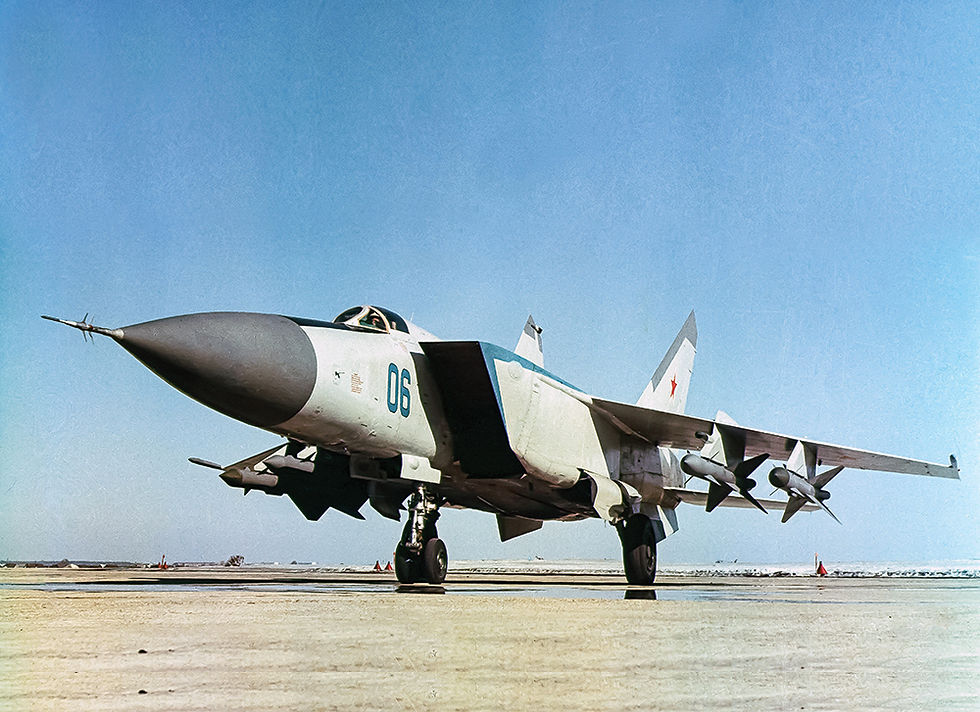The Enduring Mystery of the Star Dust: A 1947 Tragedy Lost in the Andes
- thiliwriting
- Mar 8, 2024
- 3 min read
The Enduring Mystery of the Star Dust: A 1947 Tragedy Lost in the Andes
On a seemingly unremarkable August day in 1947, a British South American Airways (BSAA) Avro Lancastrian airliner named "Star Dust" embarked on a routine flight from Buenos Aires, Argentina, to Santiago, Chile. Carrying six passengers and five crew members, the flight was shrouded in a sense of normalcy. However, within hours, Star Dust would vanish without a trace, leaving behind a mystery that would torment investigators and capture the public imagination for decades.
A Routine Flight Gone Awry
The Star Dust, christened "R.M.A. Star Dust," had completed the first leg of its journey from London to Buenos Aires aboard a different aircraft. Piloted by experienced Captain Reginald J. Cook, the Avro Lancastrian was a converted World War II bomber, repurposed for civilian passenger service. The flight itself was uneventful, with regular radio contact maintained between the aircraft and ground control.
At 5:41 PM local time, Star Dust sent a routine message, indicating its estimated arrival time in Santiago within four minutes and concluding with the cryptic word "STENDEC." This final transmission would be the last ever heard from the aircraft. Despite an extensive five-day search covering a vast swathe of the Andes mountains, no sign of Star Dust was found.
Theories and Conjecture in the Absence of Answers
The lack of wreckage fueled speculation and conspiracy theories. Some believed sabotage was at play, while others suspected a mechanical failure or pilot error. The meaning of the enigmatic "STENDEC" remained a source of intense debate, with interpretations ranging from distress signals to coded messages.
The years that followed saw sporadic searches for the missing aircraft, but the harsh terrain and vastness of the Andes proved formidable obstacles. It wasn't until 1998, over 50 years after its disappearance, that the Star Dust's tragic fate was finally revealed.
A Discovery from the Mountain's Embrace
Two Chilean mountain climbers, Juan Pablo Zerain and Sergio Catalan, stumbled upon an anomaly while scaling Mount Tupungato, a towering peak in the Andes. It was a Rolls-Royce Merlin engine, partially buried in glacial ice at an altitude of approximately 15,000 feet. Further investigation confirmed the engine belonged to Star Dust, finally solving the long-standing mystery surrounding its location.
A Glimpse into the Final Moments
The wreckage, scattered across the treacherous slopes of Mount Tupungato, provided crucial clues about the Star Dust's final moments. It was evident that the aircraft had collided with the mountain at high speed, leaving no survivors. The cause of the crash remains inconclusive, but several theories prevail:
Navigation error: The possibility of pilot error or navigational mistakes cannot be ruled out, especially considering the demanding mountainous terrain.
Weather conditions: The Andes are notorious for their unpredictable and challenging weather. Icing or turbulence could have compromised the aircraft's control.
Technical malfunction: While no definitive evidence exists, a mechanical failure cannot be entirely discounted.
A Haunting Legacy and a Reminder of Aviation Safety
The story of the Star Dust serves as a stark reminder of the dangers inherent in aviation, particularly in regions with challenging geographical features like the Andes. The tragedy also highlighted the importance of continuous advancements in aviation safety measures and navigation technology.
Furthermore, the Star Dust incident underscores the enduring power of human curiosity and the enduring need for closure. The discovery of the wreckage, after so many years, brought a sense of finality to the families of the victims and offered a glimpse into the final moments of their loved ones.
Beyond the Crash: Lessons Learned
The Star Dust incident serves as a valuable case study for aviation safety experts. It emphasizes the importance of:
Advanced navigation systems: Utilizing modern technology to ensure accurate flight paths and avoid potential dangers.
Robust communication protocols: Maintaining consistent communication between aircraft and ground control, especially in high-risk areas.
Continuous training and risk mitigation: Emphasizing ongoing training for pilots and prioritizing risk assessment before flights.
Today, the Star Dust rests high in the Andes, a silent testament to the lives lost and a reminder of the unwavering human spirit that continues to seek answers even in the face of tragedy. The incident serves as a stark reminder of the importance of safety regulations and the constant pursuit of advancements in the field of aviation.




Comments